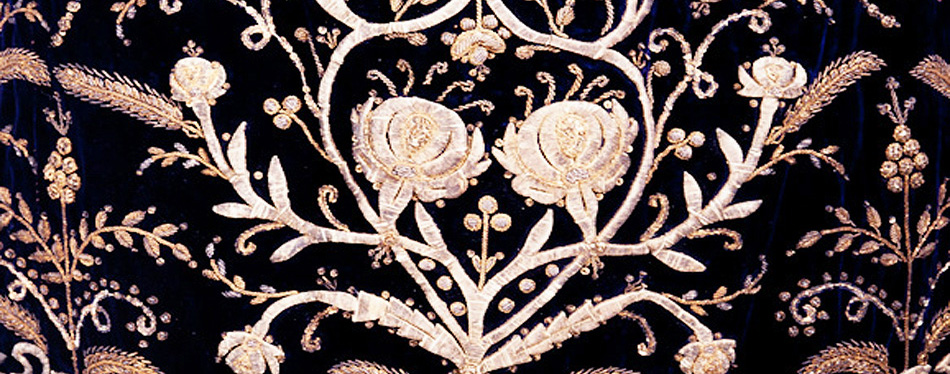Textiles
The opulence of the embroideries is a great testimony to the dexterity and imagination of Armenian women. Young girls were expected to produce everyday domestic items such as towels, napkins, table covers, bed linens, and quilts for family household use and for their own trousseaux.
The presentation of a bride's trousseaux during wedding celebrations was a custom common to Armenians, Greeks, Jews, and Turks and was a way of displaying one's social status.
Armenians, Greeks, and Jews adorned ceremonial or liturgical objects and vestments with sumptuous gold-couched embroidery. Muslims also used gold-embroidered textiles in mosques.
In the nineteenth century, some commercial embroidery workshops employed women of different ethnicities. Men also worked as professional embroiderers in specialized workshops, but usually on heavy materials such as saddle covers or canvas for tents.

